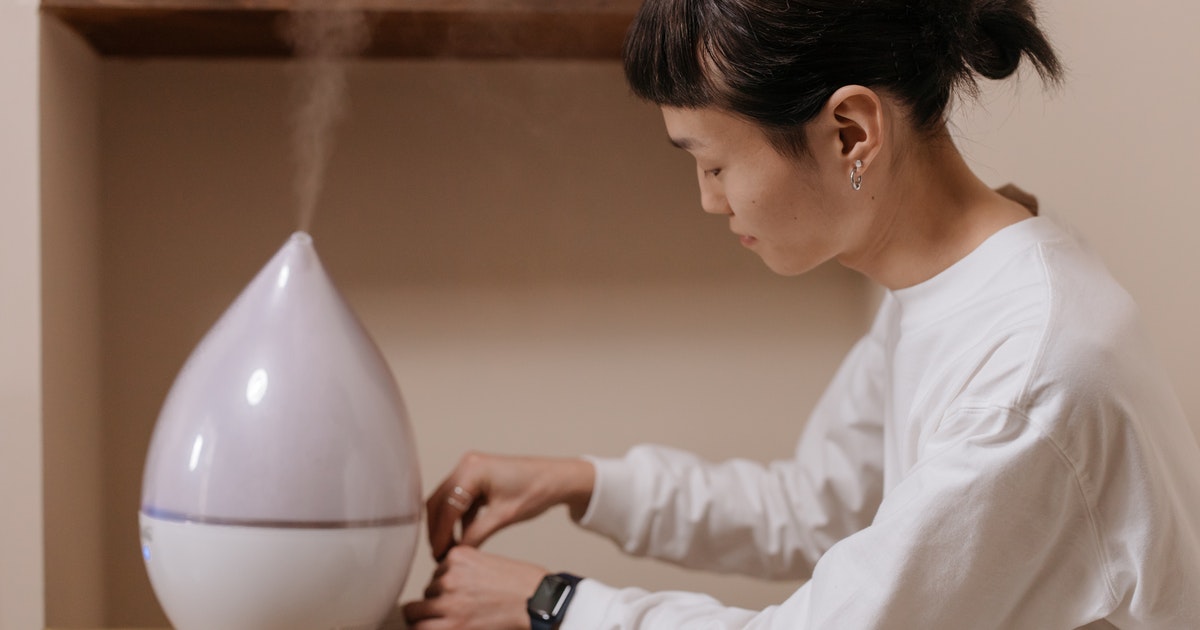To clear the air and enhance indoor air quality, whole-house and portable filters catch dust, pollen, and other particles. There is no place like home when it comes to air pollution.

Today’s more tightly built homes keep the weather out but also toxins in. According to the Environmental Protection Agency, the air we breathe indoors, where we spend up to 90% of our time, might be more contaminated than city smog. And the dirt you see is only the beginning.
That dust on end tables and bookshelves is only a portion of what’s in the air: an unseen combination of dust mites, pollen, dander, mildew, and smoke that can be irritating to breathe and hazardous to your health. Keeping a house clean and well ventilated is the first line of defense against airborne contaminants.
However, for some sensitive persons, this may not be sufficient. This is where air filters come into play.
How Do Air Filters in the Home Work?
Household air filters are classified into two types: media filters, which form a physical barrier that captures minute particles, and electronic filters, which attract and catch impurities using a high-voltage charge.
A few hybrid air filters incorporate both technologies, and some include activated carbon particles to reduce odor. Learn about the many types of air purifiers listed below.
Air filters are often included in the heating and cooling system (whole home filters) or stand-alone units that can be placed in particular rooms (portable filters with self-contained fans).
There are four types of whole-house air purifiers. The most efficient approach to filter household air is to use the forced-air heating or central air-conditioning system in your home. The filters are installed in the return-air ducting and capture particles as the air travels through. Such systems are passive; as long as the fan is operating, they continuously filter all the air in your home.